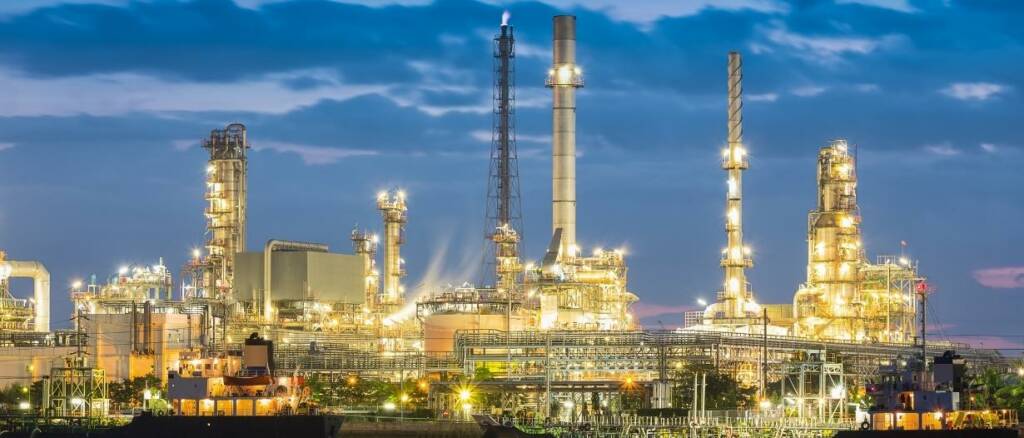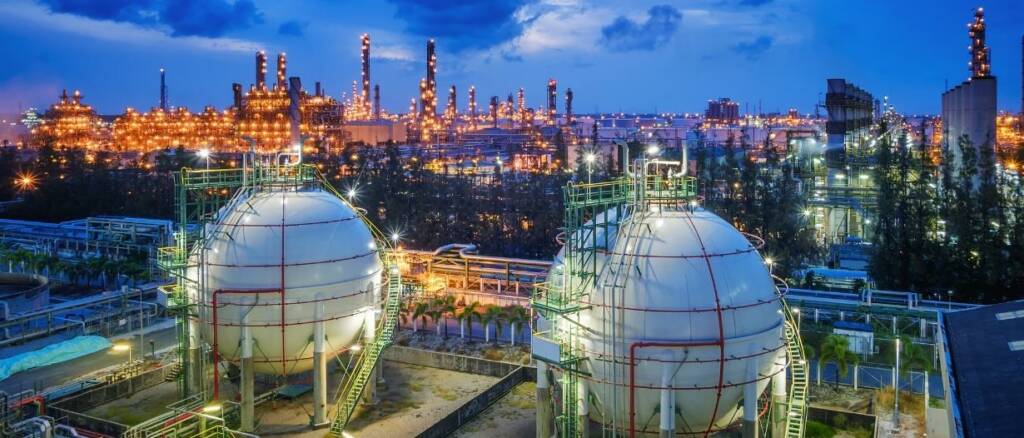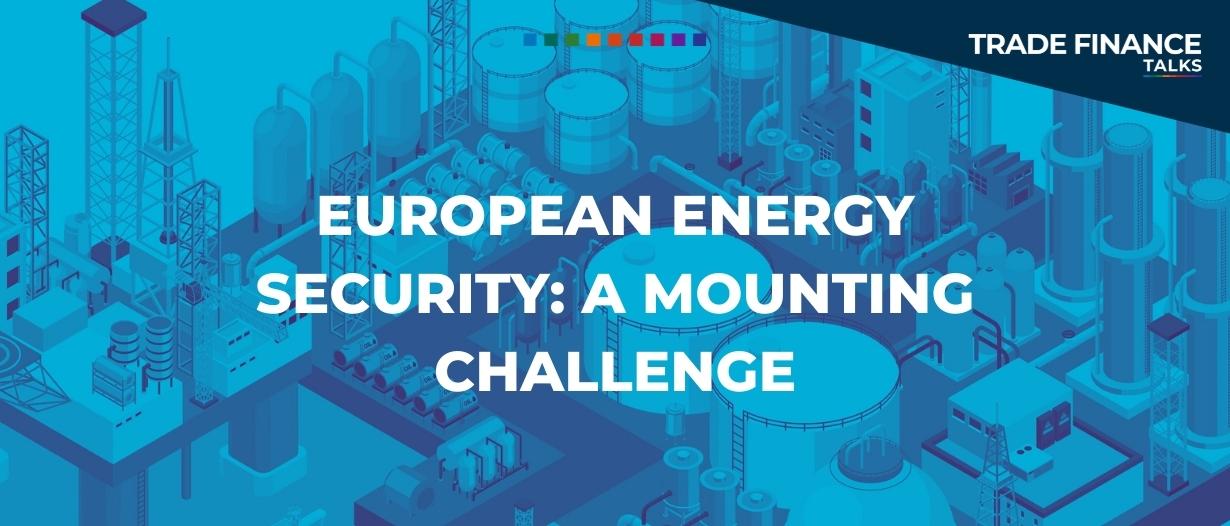Energy security has been heavily discussed in recent weeks, with the narrative changing almost daily.
This article will review the state of the market and provide an overview of everything you need to know about oil and gas in Europe.
Through a joint statement on March 25, the United States (US) and the European Commission announced the creation of the US-EU Task Force on Energy Security.
The short-term objective of the task force is to ensure gas storage is sufficient for the winters of 2022 and 2023, while in the long-term they hope to remove dependence on Russian fossil fuels by 2027.
In doing so, they reassert commitments from the Paris Agreement to reach net-zero emission by 2050.
The response
Of major concern is the gas supply to the EU, where nations rely on gas for over 20% of power generation.
The European Commission is mandated to ensure that the EU member states will support the supply of 50 billion cubic meters (bcm) of gas per year from new suppliers and to follow market fundamentals.
This supply will be used for consumption as well as for reaching gas storage levels of 90% by October 1 to prepare for next winter.
Boosting LNG imports to Europe poses challenges
The EU wants to cut the total gas supply from Russia by two-thirds by the end of the year.
As it stands, the main alternative to gas from Russian pipelines is the regasification of liquified natural gas (LNG), a process that occurs at LNG port terminals.
The current structure of the LNG market means competition over existing supply, latent supply, and Europe’s existing LNG infrastructure.
Liquified natural gas stats:
- Worldwide production for LNG is around 515 bcm annually
- EU imported 77 bcm of LNG in 2021
- EU currently imports 155 bcm of gas from Russia
- The EU’s planned increase of LNG would increase their share of the global supply of LNG from 15% to 25%.
The planned replacement of gas:
The Commission’s plan to replace reliance on Russian gas contains the following elements:
- Import 50 bcm of LNG from non-Russian producers
- Import an additional 10 bcm of gas from Algeria and Norway
- Produce 3.5 bcm of biomethane
- Save the equivalent of 14 bcm LNG by reducing heating
- Install solar panels that can generate the energy equivalence of 2.5 bcm of LNG
- Install the equivalent of 1.5 bcm through heat pumps
- Produce 20 bcm worth from renewable projects.

LNG imports are limited by the European infrastructure.
The EU is reliant on gas pipelines directly from Russia that currently have no reported physical supply constraints for gas through Ukraine.
Securing the supply of LNG to Europe needs sufficient capacity for regasification and redistributing around Europe.
One example of their limitation is that Germany, which is heavily reliant on Russian gas, doesn’t have any LNG terminals.
Regasification for LNG in the EU mostly occurs in Spain and Portugal, however, the pipelines that would help redistribute gas from those terminals to mainland Europe through France have a relatively low capacity.
The pipelines between the Iberian Peninsula and France have a capacity of 7 bcm compared to Nord Stream 1’s capacity of 55 bcm.
There are other options, with the UK and Turkey’s LNG ports helping redirect LNG to the European bloc.
As well as this, pipelines from Algeria through to Spain and Italy alongside Norway to northern Europe will help.
For the future, there are multiple plans for LNG terminals, with regasification units and floating storage units on specialised ships, but this will take time.
Gaining access to the gas supply will also prove difficult.
Diversion and production of LNG
Once current gas contracts are complete, European importers will have to compete for LNG contracts from other consumers.
The US is expected to cover Europe’s energy shortfall caused by Russian gas and has pledged to increase shipments to 15 bcm of LNG by the end of this year.
New supply to the market will take time, the CEO of the largest American shale producer said it takes 6-8 months to open up new drilling.
However, demand for LNG imports from non-European consumers, especially in Asia, puts upward pressure on prices and competition for supply.
China and South Korea led the growth in LNG demand in 2021, with China increasing its LNG imports, becoming the world’s largest importer of the energy source.
There is also concern that sustaining gas supplies through Europe by building new infrastructure and new production will substantially increase gas emissions in the long term.
Meeting climate targets
When expanding LNG capacity, the Commission also wants to build hydrogen-ready infrastructure for green hydrogen, which is seen as a key part of the future in replacing gas and fossil fuels.
In terms of greenhouse gas (GHG) emissions in gas production, the task force wants to reduce the impact of an increase in LNG production in the US by supporting green energy use in production and infrastructure that reduces methane leakage.
The details of these projects were not explored in the task force’s initial statement as they are considered long-term projects.
A more immediate alternative to natural gas and LNG is biomethane.
Biomethane
The biomethane gas can be transported through regular gas pipelines making it a versatile fuel.
This alternative to natural gas is produced in a process that uses food waste in an anaerobic (no-oxygen) environment to produce methane.
This is useful as standard biofuel plants are capable of converting to produce biomethane within six months.
However, increasing the supply of gas using LNG and biomethane would be insufficient, so to meet their targets, the EU needs to reduce household consumption of gas.

Reducing gas use
This will also become easier as Europe moves into summer with natural temperature increases reducing the demand for heating.
Those that are able to do so without risking health will save money, which is useful in an inflationary environment.
Renewable energy
The energy response includes renewable energy projects which will be fast-tracked in the planning and approval phases.
Normally the lead time to build wind farm projects ranges from three to eleven years.
The rollout of household solar projects and heat pumps would support the reduction in demand for gas, but national governments need to take ownership of these acknowledging that such projects are likely to take time.
Fast-tracking projects should help long-term energy security, however, the impact of increased production capacity is questionable.
For renewable energy to be a feasible option, governments need to expand the battery energy storage capacity for the European electricity grid.
The technology for efficient large-scale storage is still in its early stages, and supply chain constraints make this a difficult hurdle for renewable energy viability in the short term.
Although not mentioned by the task force, alternative fossil fuels are an option and the International Energy Agency (IEA) suggests that oil and coal power plants could help reduce gas demand by 28 bcm without increasing EU energy emissions.
Check out this article for the historical context of European energy supply reliance.
Read the latest issue of Trade Finance Talks, June 2022

























